
Is the nutrition label on the back of a food product complete jargon to you? These stickers are meant to be informative but unfortunately most consumers struggle to decipher what they mean (or don’t even look in the first place). If this is you then keep reading. We will explain what all of the numbers on the back of your food products mean and how you can use them to make educated decisions.
Energy
Energy is usually in the first row on the nutrition label. It can be measured in kilojoules or calories depending on the origin of the food product. New Zealand labels tend to use kilojoules while most international products use calories. All you need to know is that 1 calorie = 4.2 kilojoules. If you want to convert kj to cals, just divide the number by four for a rough idea.
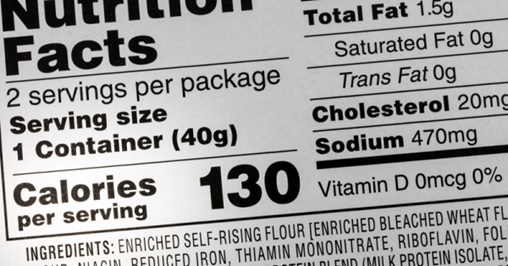
The amount of energy we consume will determine our body weight. Eating too many kilojoules/calories will result in fat gain and eating too little will result in fat loss. This means that those trying to lose fat should be paying attention to this column. When buying products, grab a few different options and compare the energy per 100g. If you can swap some staple food items for lower calorie options, this will make staying in a caloric deficit much easier. It is also good to check the energy in your food products because some might be much higher than you’d expect. Items like bliss balls may appear ‘healthy’ but are actually very high in calories and may not be a great food choice for those trying to reduce their waistlines.
Protein
Protein usually comes right underneath the energy section. Checking the amount of protein in a food product is very important, not just for those trying to build muscle, but for the general population too. Getting enough protein is vital for health and wellbeing, especially as we age. Often, you will see that foods marketed as “high protein” don’t contain much protein at all. Learning to read food labels can help you see through deceptive advertising. Some foods like vegetables will obviously be very low in protein. However if you’re buying things like bars or deli meats, then grabbing the highest protein option is a great idea. Those with muscle building goals should pick snacks with around 20g or more per serving. This amount is ideal to stimulate muscle protein synthesis and will also ensure you feel full and satisfied.
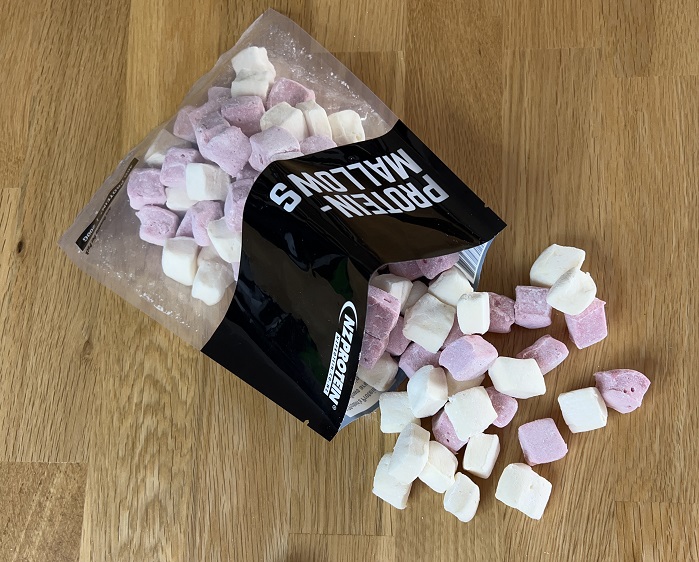
Fats
After the protein quantities, you will likely see a row for fats (and likely saturated fats too). Dietary fats are essential for vitamin absorption and cell function but it’s possible to have too much of a good thing. If you’ve been told to monitor your fat consumption for any reason (e.g. gallbladder removal) then checking this row on the food you buy can be important. Products containing lots of added oils and butters will also be much higher in fats and calories. For those who consume a lot of fat already through things like cheese and nuts, then you might want to moderate your consumption of other added fats. For the majority of the population, checking the energy and protein content of foods should be the priority. However if monitoring your fat intake is important to you, then this row on the label will be helpful. Anything with less than 5g of fat per 100g is considered to be reasonably low.

Carbohydrates & Sugars
Next up after fat you will see the carbohydrate and sugar content of the food product. This will be more or less important depending on your personal goals and circumstances. Carbohydrates have been unfairly demonised in the past but actually they are a great source of fuel, especially if you train a lot. The thing we don’t want too much of is excess added sugar. Those with diabetes need to be especially mindful of their intake. Any item with 15g or more of sugar per 100g is considered high sugar. A little bit in moderation is fine. However if you’re consuming a lot of processed foods and need to cut down a bit on your sugar intake, then reading this panel is a good way to make more informed food choices. NZProtein desserts are all very low sugar but still sweet and tasty. Swapping your typical ice cream for the NZProtein version will make a huge difference to your overall intake.

Ingredients
The law requires all packaged food items, excluding water and standardised alcoholic drinks, to have an ingredients list on the back. These are always listed from the largest to smallest quantity. Whatever is listed first is the major ingredient in the product. This means if you see “sugar” at the start of the ingredients list, this food item will be very sweet and sugary. Be aware that companies can get around this by using a range of different sugars with alternative names. For example dextrose, maple syrup, molasses, dextrose are all types of sugar. Producers sometimes use a combination of different sugars in smaller quantities so that they can hide these ingredients at the end of the list. This is why we should be checking the ingredients in addition to the protein, carbohydrates and fat columns. Just because you don’t see sugar listed in the ingredients, doesn’t mean it is not present.

Sodium
The human body needs a certain amount of sodium in order to contract muscles and maintain good hydration levels. Salt is an essential part of our diet and should not be demonised however some people need less than others. Those with high blood pressure should consider moderating their intake because too much sodium can increase risk of cardiovascular disease. Anything with less than 120mg of sodium per 100g is considered to be a low salt item. If you are generally healthy and don’t consume too many packaged foods then checking the sodium content will be less of a priority. However if you often rely on processed meals and have been told to reduce your sodium intake then this area of the food label will be good to check.
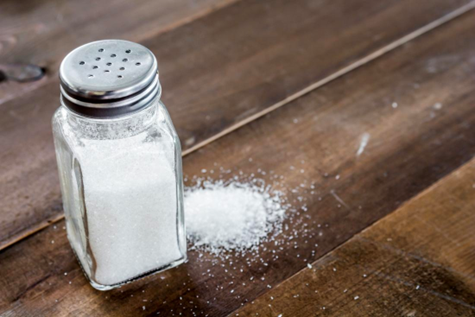
Per Serving Or Per 100g?
The label will tell you the quantities both per serving and per 100g. If comparing two different products, it’s best to use the per 100g column. This is because different items will have different serving sizes. Unfortunately the recommended serving size is not always the amount we actually want to eat. A recommended serving size for peanut butter is a mere 20g which any nut butter fan will agree is not enough. It is important to check how many servings the whole packet contains. Something might appear low calorie but if there are 20 servings per bag and you eat the whole thing, it won’t be as diet friendly as you thought.
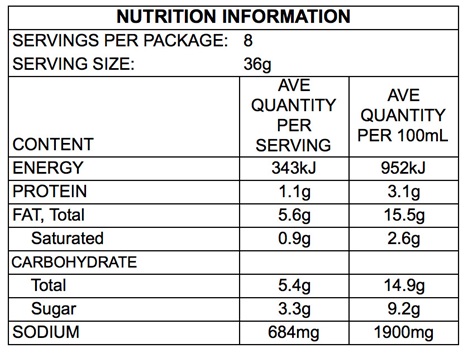
Other Nutrients
It is up to the discretion of the manufacturer whether they include quantities of other micronutrients and fibre on the label. Anything with 3-6g of fibre per serve is considered a high fibre item. Some products will even specify how much of different vitamins or minerals are included. Usually health items will use these rows to highlight the fact their product has many benefits. For example the label on NZProtein nutritional yeast shows how much zinc, iron and biotin the product contains. Items like energy drinks will also display how much caffeine is in the can. If you’re looking for specific micronutrients or certain ingredients then it is good practice to check this part of the label. However, not all products will include this extra information so don’t rely on it always being there.
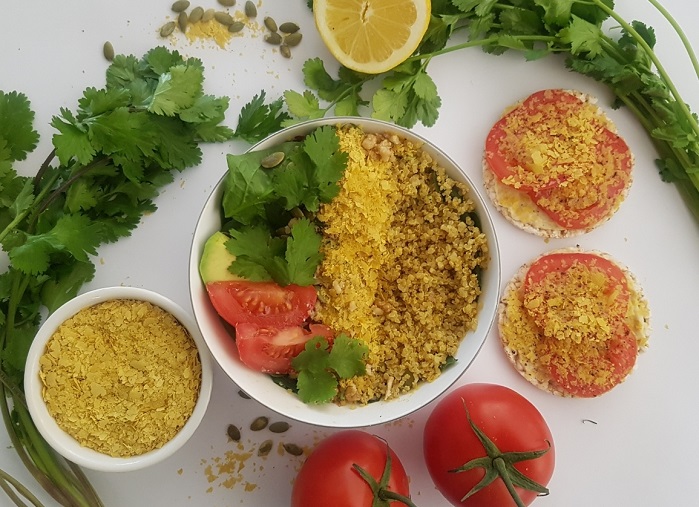
Conclusion
As they say “knowledge is power”. Being able to decipher a nutrition label is a vital tool in your toolbelt. If we don’t thoroughly examine the exact quantities in our food products, then we are at risk of falling for misleading marketing slogans on the front. The more often you check the label, the better you get at reading them. Get into the habit of reading the back of the food products you buy. Compare a range of products when you’re at the supermarket and teach yourself to make informed dietary decisions.
